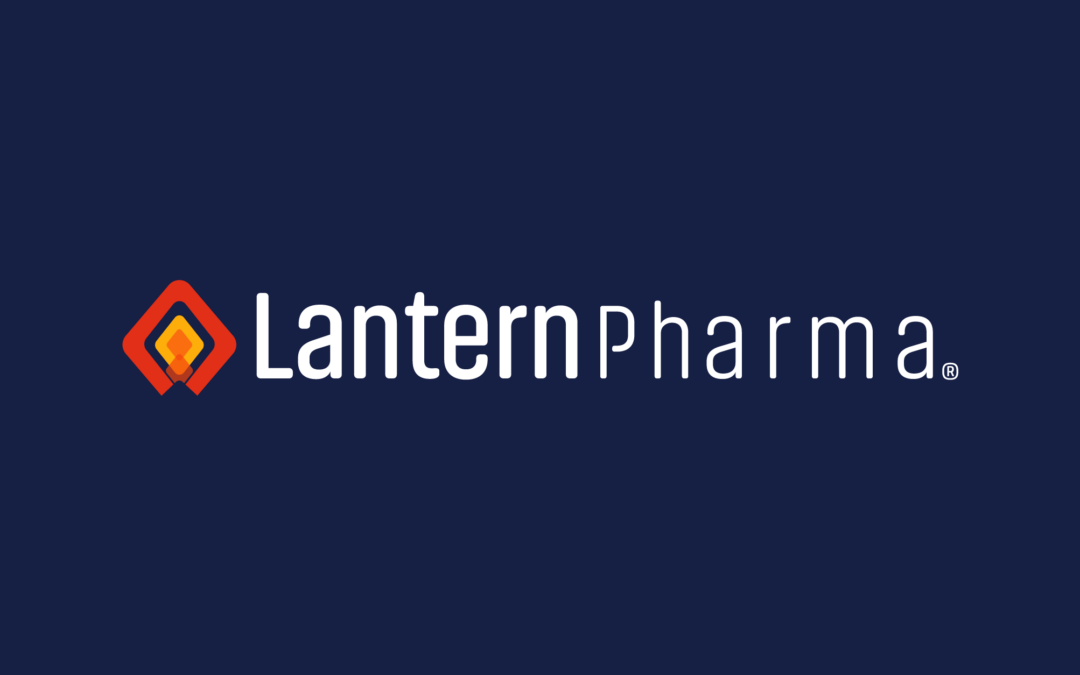Artificial intelligence has provided opportunities for rapid advancement in many fields, including oncology drug development. The pharmaceutical company Lantern Pharma has harnessed this potential through an innovative platform called RADR, which is short for Response Algorithm for Drug Positioning and Rescue.
This platform is designed to fight cancer through the development, rescue, and revitalization of targeted compounds, while also personalizing cancer treatments. Here is an overview of how this technology works and the ongoing research into the platform.
What Is Lantern Pharma’s RADR Platform?
Lantern’s RADR platform is a unique amalgamation of data analytics, experimental biology, biotechnology, and machine learning. It is a predictive tool that offers insights into patient responses to the company’s drugs, as well as those under review by Lantern.
This platform can be used to develop combination treatment strategies among developmental drugs and approved treatments for various oncology indications. RADR draws upon transcriptome, genomic, and drug sensitivity data from diverse sources to continuously evolve, allowing Lantern to identify promising candidates for drug development.
The technology has access to a myriad of datasets, including public databases, commercial clinical studies, and proprietary data from ex vivo 3D tumor models. Through automated supervised machine learning techniques and big data analytics, RADR identifies novel correlations between genetic biomarkers and drug activity. The technology has already been used to analyze more than 60 billion oncology-specific data points and 130,000 patient records.
How Does the RADR Platform Work?
RADR’s AI-based machine learning platform runs through six automated modules to develop drug and tumor-specific complex biomarker panels:
Data Integration—Lantern aggregates multi-omics data from various sources, including public oncology databases and private partners, along with its proprietary data.
Data Refinement—Through meticulous processing and curation, Lantern ensures data quality without compromising its integrity. Internal Key Opinion Leaders (KOLs) validate and standardize data sets to establish connections between preclinical models, patient samples, and clinical data.
Feature Extraction—Lantern employs advanced algorithms to filter genes and select relevant biomarkers. This process combines biological, statistical, and machine learning methods, which are benchmarked against existing literature.
Predictive Modeling—Lantern’s automated AI algorithm leverages filtered gene sets to build, tune, and test predictive models. This iterative process culminates in the selection of an optimal model, which allows for the generation of drug tumor-specific candidate biomarkers.
Hypothesis Generation and Validation—Data mining and machine learning pipelines allow for hypothesis generation, which can guide additional preclinical research. Validated hypotheses are integrated back into the system, which improves the accuracy of predictions.
Patient Stratification and Clinical Trial Design—Lantern’s tuned model uses patient data to predict drug response and stratifies patients into responder categories. This informs companion diagnostic development and clinical trial design, which can drive advancements in experimental medicine.
RADR Clinical Trials
Lantern is conducting multiple clinical trials on its RADR platform. A Phase 2 clinical trial called the “Harmonic Trial” has been authorized by the FDA. This study focuses on evaluating LP-300 in combination with carboplatin and pemetrexed for patients who have never smoked and who have relapsed advanced primary adenocarcinoma of the lung, post-treatment with tyrosine kinase inhibitors.
Lantern aims to enroll approximately 90 eligible patients in this multi-center, open-label Phase 2 trial. Candidates must have never smoked and have lung adenocarcinoma and have experienced a relapse after prior tyrosine kinase inhibitor treatment.
The trial includes a safety lead-in stage with six patients, followed by a randomization in a 2:1 ratio between two arms: Arm A (comprising carboplatin, pemetrexed, and LP-300) and Arm B (featuring carboplatin and pemetrexed). This approach will allow Lantern to assess the potential clinical benefits of the drug combination within the specified patient cohort.
LP-184 in Patients with Advanced Solid Tumors
Patients meeting eligibility criteria will undergo enrollment for LP-184 treatment, with dosing tailored to the cohort’s availability at enrollment. LP-184 infusion will occur on Day 1 and Day 8 of each 21-day cycle, with a minimum of two cycles. Monitoring will encompass safety, pharmacokinetics (PK), and clinical activity.
Dose escalation is planned across at least three patient cohorts. Following the determination of the maximum tolerated dose by the Safety Review Committee, additional patients will enroll at two dose levels, including the MTD, until a minimum of 10 patients per dose are treated to ascertain the recommended phase 2 dose.
LP-284 to Treat Relapsed or Refractory Non-Hodgkin’s Lymphoma
The primary goal of this clinical trial is to assess the safety and tolerability of escalating doses of LP-284, determining the maximum tolerated dose and recommended Phase 2 dose (RP2D) for patients with relapsed or refractory lymphomas and solid tumors. Secondary objectives include characterizing the pharmacokinetics of LP-284 and evaluating its clinical activity.
This open-label Phase 1a/1b study will enroll adult patients meeting eligibility criteria, treating them with LP-284 intravenously on days 1, 8, and 15 of a 28-day schedule. The trial consists of two parts: dose escalation to establish MTD and/or RP2D (Phase 1a) and dose expansion (Phase 1b).
Patients will continue treatment for up to one year or until disease progression, unacceptable toxicity, consent withdrawal, meeting study-specific discontinuation criteria, or as determined by the investigator’s judgment, whichever is shorter.

